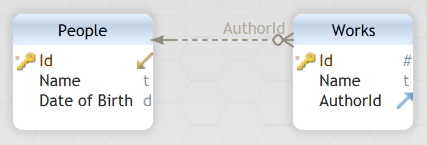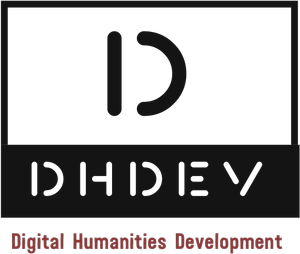Digital Technology and Digital Humanities
It is quite common to think about technology as something that is waiting to be built, like a sculpture is waiting to be chiseled out of a chunk of marble. Another, somewhat opposing picture people sometimes have is of a house already there just waiting to be moved into, with all the utilities just in place to be plugged into. These two views correspond to ways people in the Humanities (researchers, administrators, grad students sometimes) expect technology can be used in their projects and work. I should add that these conceptions of technology are not uncommon in business either.
The sculpture waiting in the chunk of marble corresponds to the expectation that the idea can be brought into existence just by describing it in broad terms, something like – I want something on the internet where I can collect my data, get summaries and reports and draw graphs with the results, but I’m not sure what the data will be or how the research questions will be formed. Oh and I want my grad students to be able to add the data from home and also the data we are collecting may change in six months.
The idea of a house or office building just waiting to be moved into corresponds to the question – how come there isn’t software that does exactly what I need? And in a time when so much software is being made, it seems like the expectation is valid. But if we stretch this analogy and think about what it takes to erect a building the challenge becomes clearer. The process starts with architecture – fitting form to function and selecting the building method – multi-person team or a single part time builder. Then there is connecting the utilities – using mapping services from here and image management from there. Securing the building from external threats as well as from mishaps children (inexperienced users) can have on the stairs is of utmost importance. Allowing and managing sub-leasing of the space (collaborators adding to the data or making other uses of it) can be a requirement and last but not least - performing on-going maintenance (fixing bugs), complying with changing city code (new web standards and browsers) and applying a fresh coat of paint (new look and feel to the web site) once in a while, must be planned for.
So the technology to be used in a Digital Humanities project will not spring into being by simply talking about it – it will require a careful specification of requirements and of use cases, and a good fit between the way it is built and ways it will be used and maintained. In specific cases, software packages can be found to perform certain parts of the tasks at hand but it will often be the case that some bespoke software will be needed to fulfill the project’s goals in a sustainable way. The balancing act between custom built project software and a general-purpose system will be discussed (maybe…) in a future post.

